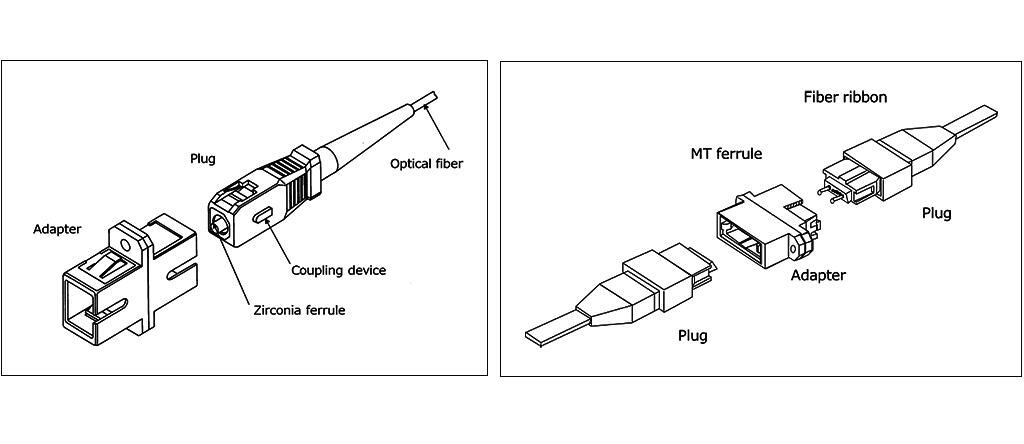The Physical Contact Push-Pull Technology For Fiber Optic Connectors technology (developed in 1986), researched, developed, and marketed by NTT, has been recognized for its wide adoption by the internationally prestigious IEEE Milestone of the Institute of Electrical and Electronics Engineers (IEEE), the largest institute in the world in the electrical, electronic, information, and communications technology domains. This is the fourth such recognition received by NTT. Furthermore, to commemorate the IEEE Milestone recognition, a presentation ceremony of a plaque commemorating the achievement and a commemorative lecture were held on the same day.

Etsuji Sugita (IOWN Department Advisor, Hakusan Executive Management Department, former Director of Electronic Device Research at the NTT Boundary Region Laboratory) gave a lecture on "The Development and Spread of the SC Optical Connector", while Shinji Nagasawa (Former Chief Researcher on the Optical Access Network Project at the NTT Access Network Service Systems Laboratories) gave a lecture on "Efforts to Develop and Spread the MPO Connector."
IEEE Milestone is an award program of the IEEE established in 1983 that recognizes technologies in the electrical, electronic, information, and communications domains that have received international acclaim for over 25 years since original development for their historical achievements. Past technologies recognized by the program include both historical facilities and technologies that contributed to building the foundations for modernization, such as the telephone, Edison's Laboratory, and Marconi's wireless communications from the 19th century, and technologies that play a central role in today's data communications, such as the television, computer, and Internet in the 20th century.
The other three IEEE milestones that NTT was recognized for are the international standardization of G3 facsimile, developed and marketed jointly by NTT and KDD (1980), recognized in April 2012, the development and marketing by NTT of Line Spectrum Pair (LSP) for high efficiency voice encoding (1975), recognized in May 2014, and the vapor-phase axial deposition (VAD) method for mass producing high quality optical fiber, co-developed and marketed by NTT, Furukawa Electric, Sumitomo Electric, and Fujikura (1977 to 1983), recognized in May 2015.
The Physical Contact Push-Pull Technology for Fiber Optic Connectors technology, featuring hitherto advanced optical properties, was invented in 1986. Based on this technology, the SC optical connector (single core) and MPO optical connector (multi core), both adopting the push-pull technology and featuring advanced optical properties and high density capabilities were commercialized in 1986 and 1991 respectively.
This physical contact technology developed by NTT, which formed the basis of optical connections, became the international standard (IEC61755-3-1, IEC61755-3-31, -32), which was then adopted throughout the world in a variety of optical connectors. And the SC and MPO optical connectors that build the foundation for all the others are still used widely in fiber networks today, from backbone and access networks to data centers.
As the volume of data increased in optical communications systems in the 1980s, there was a growing demand for optical connectors with less reflection and dispersion loss, but at the time, it would have required coating the ferrule end surface with a refractive index matching material, and that was difficult to achieve.
Meanwhile, by 1984, the need to adopt fiber optics in access networks in addition to backbone networks began to grow, further increasing the need for an optical connector capable of high density installation at a low cost. At the same time, access networks required the use of multi-core fiber cable, creating a demand for an optical connector capable of connecting multiple single-mode cables at once.
The SC optical connector developed in 1986, and the MPO optical connector developed in 1991, were based on physical contact connector technology and used the push-pull connection approach to meet those demands. The connectors made it possible to reduce reflected light to 1/1000th without the application of a refractive index matching material, while also achieving greater stability by keeping loss below 0.5dB and enabling high density optical distribution boards.
Today, SC optical connectors hold roughly 30% of the global market for single core optical connectors, while MPO optical connectors are the only standard multi core PC optical connectors with wide adoption. Both contribute greatly to access and other networks for fiber optic communications.
This article has been translated by JST with permission from The Science News Ltd.(https://sci-news.co.jp/). Unauthorized reproduction of the article and photographs is prohibited.




